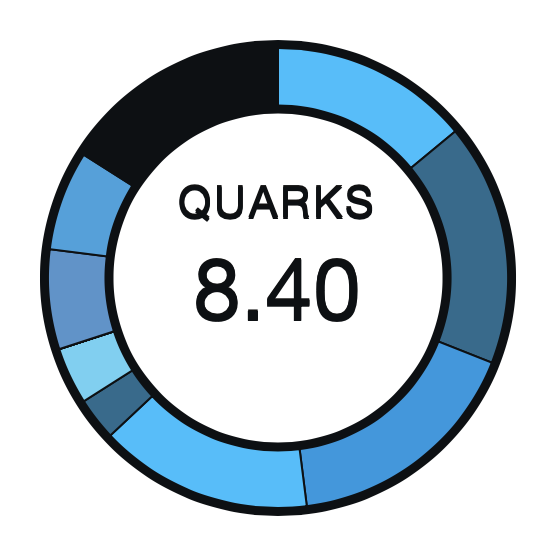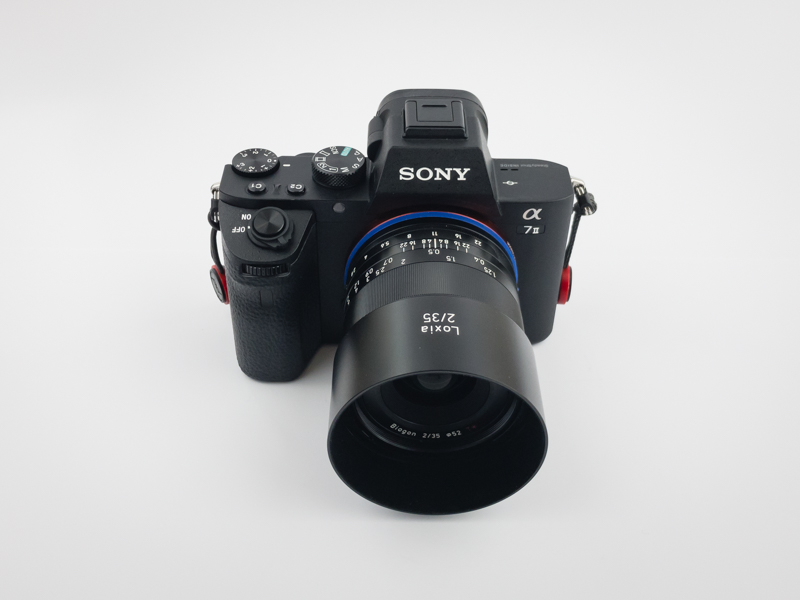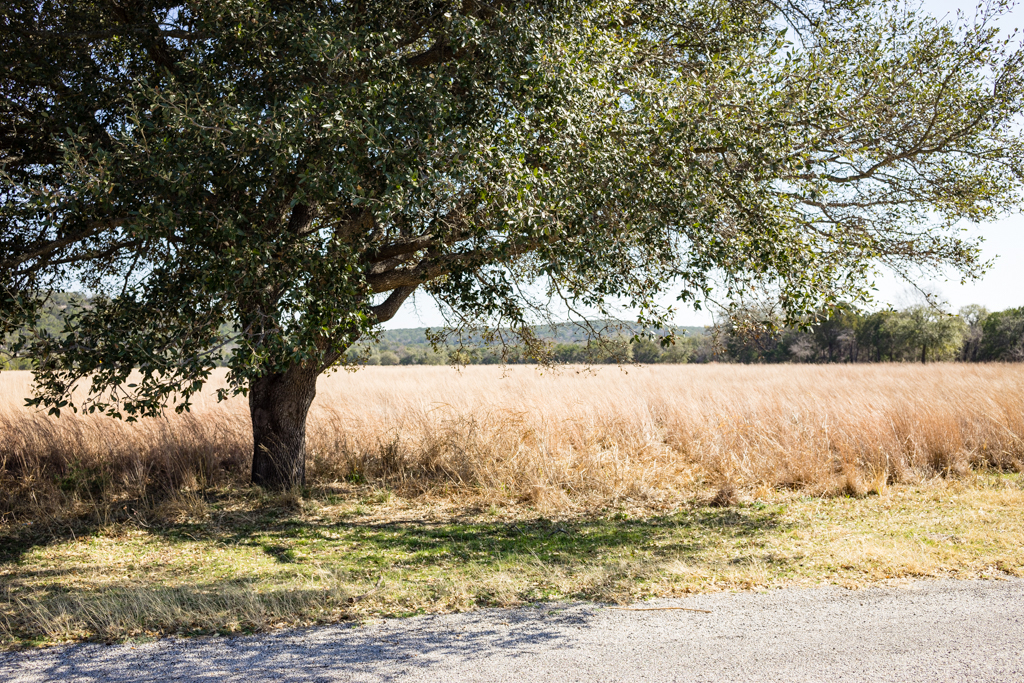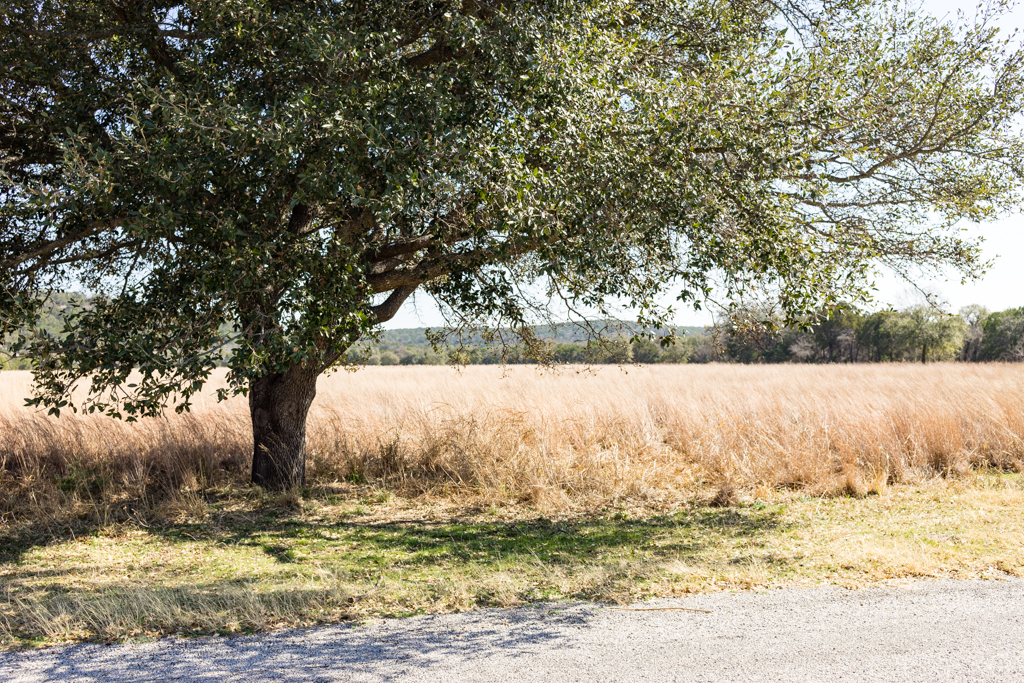Zeiss Loxia 35mm f2 Review

Quarks rating explanation here.
Hardware Design #
Rating: 8.5/10

Just like the other lenses in the Loxia line, this lens for the Sony FE mount is elegantly engineered, without any superfluous features to speak of. No buttons or unnecessary switches, just the focus ring and the aperture ring.
Since it lacks auto focus, Zeiss was able to pack a lot of power in a very small size. Below is a size comparison with the Sony/Zeiss 35mm f/2.8, which has always been my reference lens when it comes to portability on the Sony FE Mount.

The lens is designed with 9 elements in 6 groups. As indicated above, Zeiss has opted to give priority to optics quality and portability over automatic features. Therefore, this lens is not intended for sports or fast moving objects. The focus ring is fully mechanical, meaning that it has both start and stop points as opposed to the focus-by-wire method used by modern auto-focus lenses where the focus ring turns freely in both directions. Mechanical focusing provides a better feedback and allows to achieve accurate focus easily and faster than focus-by-wire most of the time.
A feature worth mentioning is that the camera can be set to activate the focus magnifier as soon as the focus ring is turned, which some people may find appealing. I personally prefer to setup one of the custom buttons close to the viewfinder to do so. Although it’s a manual lens, the Loxia 35mm transmits all exposure information to the camera, so all photos will contain the appropriate EXIF data.
As with the other lenses in the line, the aperture ring is de-clickable, meaning that the typical click felt and heard when changing apertures can be disabled. This tremendously simplifies handling when filming movies/video.
One design disadvantage is the fact that the focus ring is very close to the aperture ring and there is no tactile differentiation between them. Therefore, focus may be lost in an attempt to change the aperture, which gets annoying really fast.
Hardware Quality #
Rating: 10/10
This lens could be described as a solid piece of metal with glass beautifully melted inside. It’s definitely heavier than the Sony/Zeiss 35mm f/2.8 which is comparison feels like a piece of plastic (and it certainly is not). Even the hood is metallic.

The extra heft actually helps balancing the Sony A7 II camera, so it’s not cumbersome at all. Both the aperture and the focusing rings move smoothly with just the necessary friction. They provide an excellent tactile feedback.
General Performance #
Rating: 8/10
The lens was tested in both indoors and outdoors environments under different lighting conditions, including dark night shots. The results speak for themselves, as it can be observed on the photos below.
Sharpness / Corner Test
The Sony A7 II was setup on a tripod, ISO was set to 100, Steady Shot was disabled and the lens was focused to infinity. Several shots of the scene below were taken at different f-stops. Images are Straight Out of the Camera (SOOC), no post-processing was done unless specifically stated.

Three square samples were cropped from each photo at key frame locations: center, midframe and corner. Here are the results:

Any lens is expected to be the most sharp at the center and then degrade in quality (become soft) at areas closer to the edges. This is an unavoidable characteristic due to the nature of glass and optics. The effect is also more prominent when using extreme apertures (in the case of this lens: f/2 and f/22).
It’s evident that this lens is the most sharp at f/8 and f/9 (the latter being the sharpest one) throughout the frame. The midframe is fairly sharp between f/4 and f/16. The corners, on the other hand, are sharp between f/5.6 and f/16.
Definitely excellent performance, but I would say this lens is not as sharp as the Loxia 50mm or the Loxia 21mm.
Contrast
In Zeiss typical fashion, contrast is really great. It almost makes images produced by other lenses washed out and lacking vitality.
Obviously, contrast can be tweaked in post-production via Lightroom, but the results are not as good.
Vignetting
Vignetting is the term given to the fact that, depending on how wide a particular lens is, it may darken the edges of the image. This is also accentuated at certain aperture values. In the case of the Loxia 35mm, vignetting is extremely well controlled. The difference when correcting vignetting in post-production (i.e. in Lightroom) is so subtle, it’s hardly noticeable (see image below).
Distortion
The Loxia 35mm exhibits almost no distortion when comparing images before and after applying the lens profile corrections in Lightroom.
Move the slider below from left to right to see the difference before and after enabling the lens profile corrections.


Price #
Rating: 7/10
This lens is an outstanding performer. But, great optic performance comes at a price, and when talking Zeiss lenses, it’s usually a pretty steep one. The Loxia 35mm f/2 retails for $1,300 on both Amazon and Adorama.
Ease of Use #
Rating: 8/10
As mentioned in the design section above, having the focus ring and aperture ring so close from each other without a clear tactile differentiation between them, makes it hard to operate the lens without looking at it, which is really annoying and adds an extra layer of complexity. Other than that, the lens is as easy to use as any other manual focusing lens.
Other Reviews #
This lens currently has a rating of __4.7 stars out of 9 reviews__on Amazon and 4.5 stars out of 2 reviews on Adorama. Although it’s just a few reviews, they seem legit and unbiased. Therefore, these ratings have been used when calculating the Quarks Rating.
Sample Pictures #

